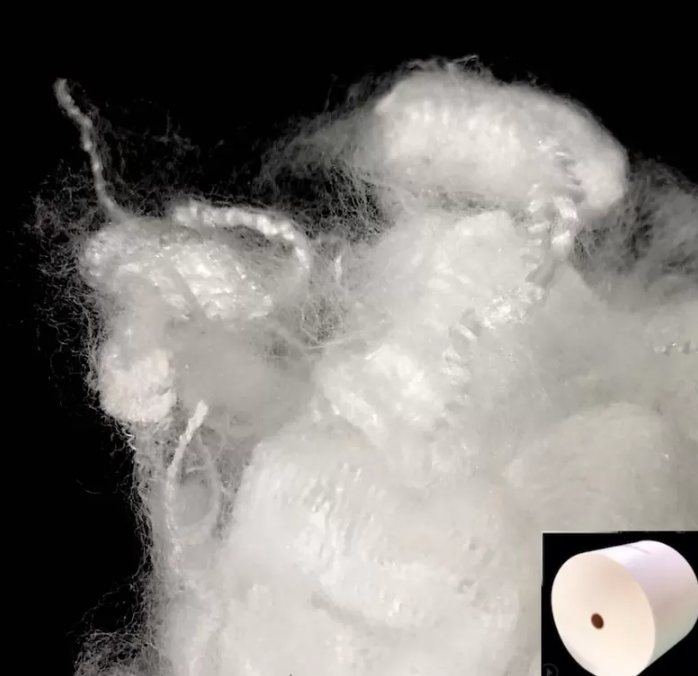When it comes to gym clothes, the material you choose can significantly impact your workout experience. The right fabric not only enhances performance but also ensures comfort, breathability, and durability. In this article, we will explore the various materials commonly used in gym apparel, their unique properties, and how they can affect your workout routine.
Understanding the Basics: The Importance of Fabric Choice
The primary function of gym clothes is to provide comfort and support during physical activity. However, not all fabrics are created equal. The choice of material can influence moisture management, flexibility, temperature regulation, and even odor control. Therefore, understanding the characteristics of different fabrics is crucial for making informed decisions about your workout wardrobe.
Common Materials Used in Gym Clothes
- Polyester
- Properties: Polyester is a synthetic fabric known for its durability and moisture-wicking capabilities. It is lightweight and dries quickly, making it ideal for high-intensity workouts.
- Benefits: The moisture-wicking property helps to draw sweat away from the skin, keeping you dry and comfortable. Additionally, polyester is resistant to shrinking and stretching, ensuring that your gym clothes maintain their shape over time.
- Nylon
- Properties: Nylon is another synthetic fabric that is known for its strength and elasticity. It is often blended with other materials to enhance performance.
- Benefits: Nylon offers excellent stretch and recovery, allowing for a full range of motion during workouts. It also has moisture-wicking properties, although it may not be as effective as polyester in this regard.
- Spandex (Lycra)
- Properties: Spandex is a highly elastic synthetic fiber that is often blended with other materials to provide stretch and flexibility.
- Benefits: The inclusion of spandex in gym clothes allows for a snug fit that moves with your body. This is particularly beneficial for activities that require a lot of movement, such as yoga or dance.
- Cotton
- Properties: Cotton is a natural fiber that is soft and breathable. While it is comfortable, it is not the best choice for high-intensity workouts.
- Benefits: Cotton absorbs moisture rather than wicking it away, which can lead to discomfort during vigorous exercise. However, it is an excellent choice for low-impact activities or casual wear.
- Bamboo
- Properties: Bamboo fabric is a sustainable option that is gaining popularity in the fitness world. It is soft, breathable, and has natural antibacterial properties.
- Benefits: Bamboo fabric is moisture-wicking and helps regulate body temperature, making it suitable for both hot and cold conditions. Its antibacterial properties also help reduce odor, making it a great choice for long workouts.
Specialized Fabrics for Enhanced Performance
In addition to the common materials mentioned above, there are specialized fabrics designed to enhance athletic performance:
- Merino Wool
- Properties: Merino wool is a natural fiber known for its temperature-regulating properties. It is soft, lightweight, and moisture-wicking.
- Benefits: Unlike traditional wool, Merino wool does not itch and can be worn comfortably against the skin. It keeps you warm in cold conditions and cool when it’s hot, making it versatile for year-round use.
- Coolmax
- Properties: Coolmax is a polyester fabric engineered for superior moisture management. It is designed to keep you cool and dry during intense workouts.
- Benefits: The unique fiber structure of Coolmax allows for enhanced breathability and moisture-wicking, making it ideal for athletes who sweat heavily.
- Gore-Tex
- Properties: Gore-Tex is a waterproof and breathable fabric often used in outdoor and extreme sports apparel.
- Benefits: While not typically used for standard gym wear, Gore-Tex is excellent for outdoor workouts in wet conditions, providing protection against the elements while allowing sweat to escape.
Factors to Consider When Choosing Gym Clothes
When selecting gym clothes, consider the following factors:
- Activity Type: Different activities require different levels of support and flexibility. For example, high-impact sports may benefit from materials with more compression, while yoga may require softer, more flexible fabrics.
- Climate: The weather conditions can influence your choice of material. Breathable fabrics are essential for hot climates, while moisture-wicking materials are crucial for cold weather to prevent sweat from cooling on the skin.
- Fit and Comfort: Ensure that the fabric you choose allows for a full range of motion and fits comfortably without chafing or restricting movement.
Conclusion: The Right Material Makes All the Difference
Choosing the right material for your gym clothes is not just about style; it’s about enhancing your performance and comfort during workouts. By understanding the properties and benefits of various fabrics, you can make informed decisions that will help you achieve your fitness goals. Whether you prefer the moisture-wicking capabilities of polyester or the natural comfort of bamboo, investing in quality gym apparel will undoubtedly elevate your workout experience. Remember, the right material can make all the difference in how you feel and perform, so choose wisely!

